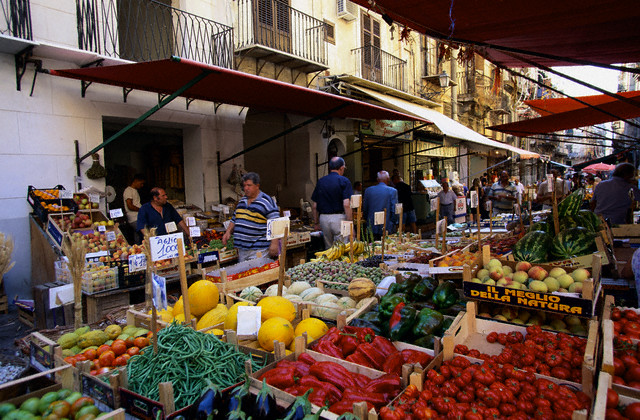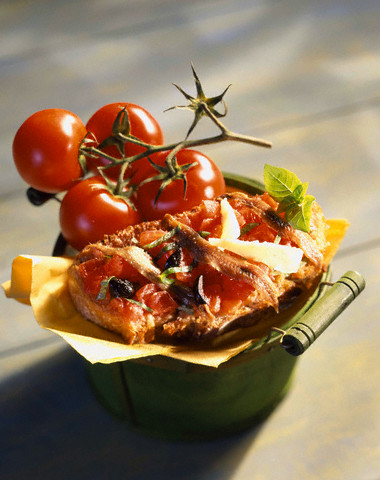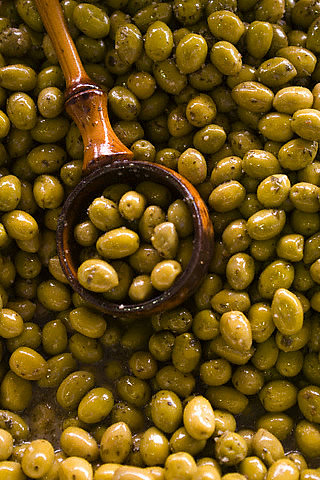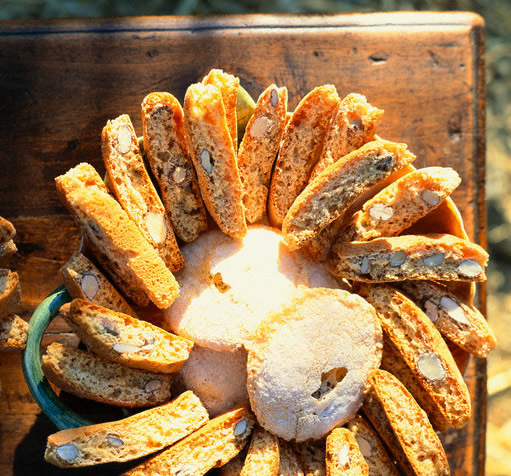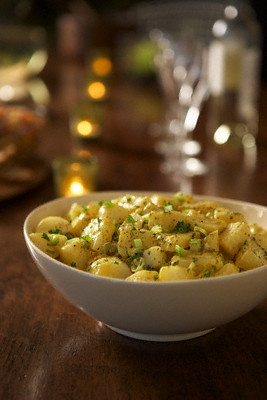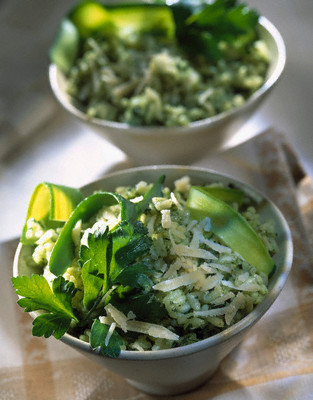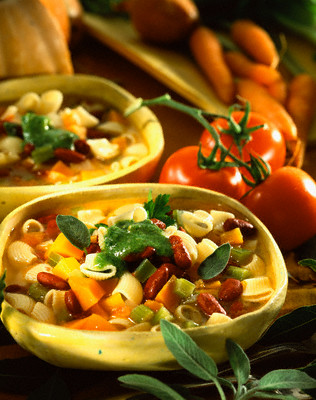

Sicily and the Mediterranean Diet:
Sicilian food falls into the "Mediterranean dietary group." The basic Sicilian diet is similar to the typical Mediterranean diet. In the Middle East, unlike Italy, pasta is not as common, so chick peas and other grains replace the pasta in their diet. However, the dietary principles are similar: it is a balance of simple and complex carbohydrates, proteins, and non-saturated (and some saturated) fats. There is a heavy reliance upon complex carbohydrates, vegetables and fruits, though it differs from the northern European diets. The extensive use of olive oil is common in both diets, and as a monounsaturated fat is healthier than saturated fats--studies claim it helps lower cholesterol levels. How the Sicilian diet fits into the Mediterranean dietary group:
Pasta: England: 91kg fruit 89kg vegetables You can see from the data that the English do not consume a large majority of fruits and vegetables, and cooking vegetables in the traditional "English style" results in even less nutrient consumption. Italians consume large portions of fruits and vegetables, which is unlike the Italian-style cooking habits in the United States where the most 'popular' Italian food is pizza. Americans often think of pizza, pasta with "Alfredo" sauce (which doesn't exist in Italy!), or plates smothered with cheese. In reality, only high-end Italian restaurants in the United States offer a good variety of vegetables more similar to that of an authentic Italian diet. Another Italian staple is to eat fruit at the end of every meal. Salads and pre-prepared dressings are unknown creations to Italians and don't compare to the taste of fresh olive oil and a quality balsamic vinegar. Overall, Italian-American cooking lacks the essentials of a good, traditional Mediterranean diet. Try eating pasta with a simple sauce with fresh tomatoes. Avoid "Alfredo Sauce" and cream and butter based sauces. In Italy, cream-based pasta has been out of style since the 1980s. Avoid those strange bread sticks that come with American Pizza - fresh bread is healthier. A Sicilian Mediterranean Diet example:
An Italian Breakfast: Snack: Having a snack in the middle of the morning is good. Usually an Italian snack is either a piece of fruit or a juice. Lunch: One example of a Sicilian lunch is a one course meal like pasta or a panino and a salad or piece of fruit. Afternoon snack: A yogurt or some fruit. Dinner: Fish, meat or chicken dishes are usually eaten for dinner with a vegetable side dish. Fresh pizza is usually eaten only once a week (generally on Saturday night). Drinks: Natural mineral water or carbonated "sparkling" water are generally consumed by Italians anywhere from 1 to 2 liters per day. No more than half a liter of wine a day (of course varies, but this in an average). Other drinks, like sodas, are consumed rarely compared to Americans. They are usually consumed on the weekends as companion to the weekly pizza. The "Slow Food" movement, initiated to encourage the enjoyment, moderate consumption, and in effect counter fast food, began in Italy and Sicily. This Slow Food movement has now spread globally and many chapters can be found in the United States as well. In Sicily, each province has it's own Slow Food Chapter that organizes events and public demonstrations. Benefits of the Mediterranean Diet: The Mediterranean diet is low in saturated fat and high in monounsaturated fatty acids, high in antioxidants (especially vitamin C and E), and high in fiber and folic acid. Several epidemiological studies have investigated these dietary components in various forms and further support the positive health effects of the Mediterranean diet. Intervention studies in East Finland and Southern Italy have convincingly shown that the coronary risk profile (lower LDL cholesterol and blood pressure levels) is improved by a Mediterranean diet. Compared to the control diet with cardiac patients, the "Mediterranean diet" has proven to lower cardiac related mortality. In addition to lower disease risks and increased longevity, the Mediterranean way of eating is tasty, enjoyable, flavorful, and results in an overall sense of well being and satisfaction.
|
|
About Sicily | Travel Sicily | Contact Us | Home
Sicilybella.com - Copyright 2012. All rights reserved. Disclaimer: Prices subject to change without notice.
May contain technical inaccuracies and typographical errors.
These pages may be updated from time to time.
